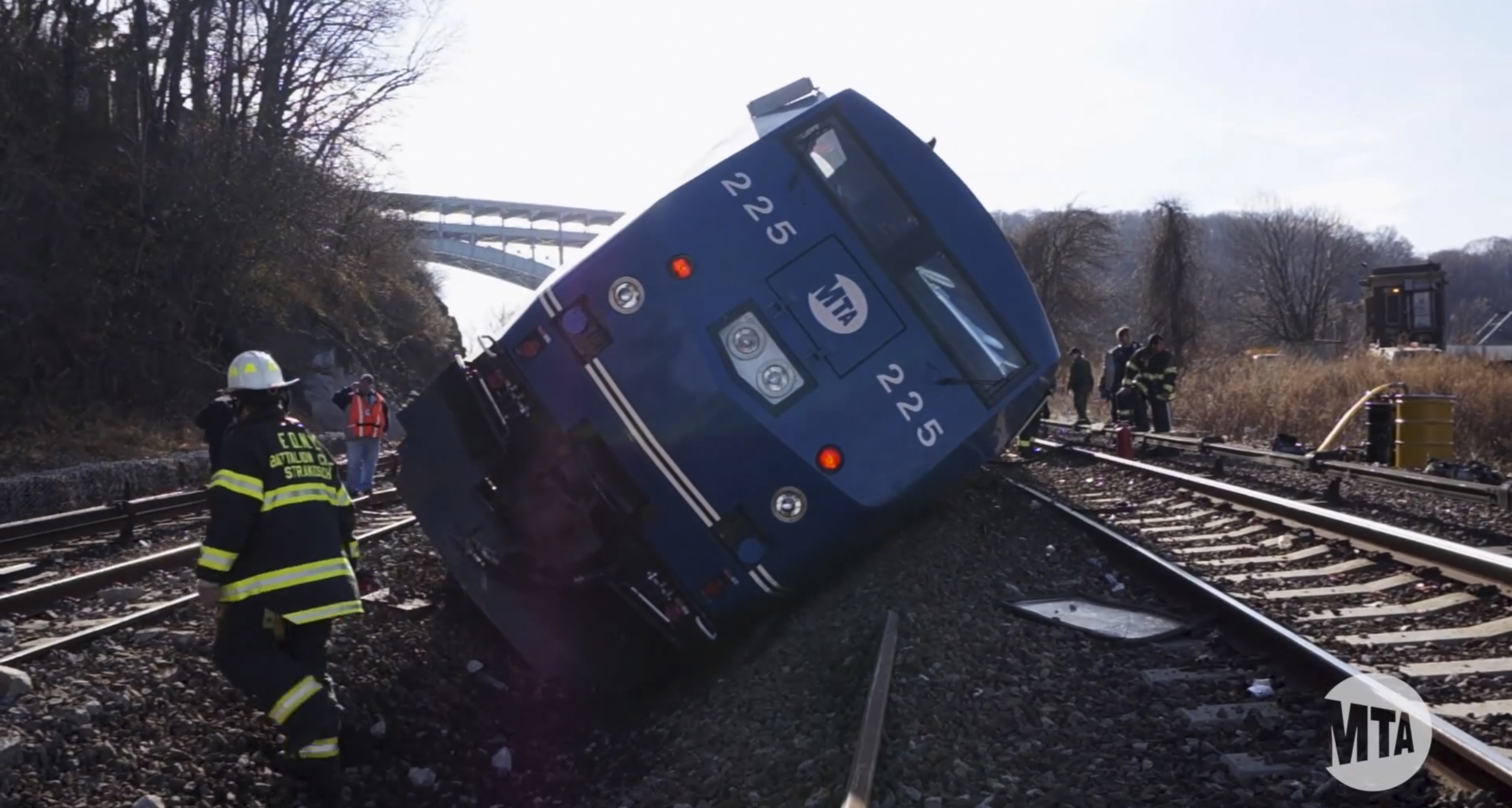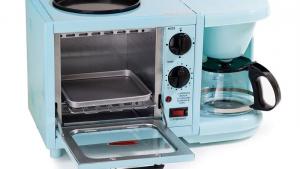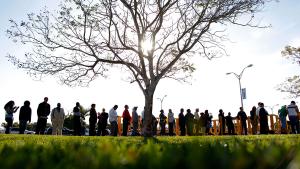Rails
Railroads are experiencing a competitive resurgence as both an energy-efficient freight transportation option and a viable city-to-city passenger service. In 2012, Amtrak recorded its highest year of ridership with 31.2 million passengers, almost doubling ridership since 2000, with growth anticipated to continue. Both freight and passenger rail have been investing heavily in their tracks, bridges, and tunnels as well as adding new capacity for freight and passengers. In 2010 alone, freight railroads renewed the rails on more than 3,100 miles of railroad track, equivalent to going coast to coast. Since 2009, capital investment from both freight and passenger railroads has exceeded $75 billion, actually increasing investment during the recession when materials prices were lower and trains ran less frequently. With high ridership and greater investment in the system, the grade for rail saw the largest improvement, moving up to a C+ in 2013. - American Society of Civil Engineers (Editor's Note: We included the rail system because of high-profile accidents, one spewing toxic fumes from an oil fire and explosion in North Dakota, the other killing multiple people because of high speed in the New York City area.)





